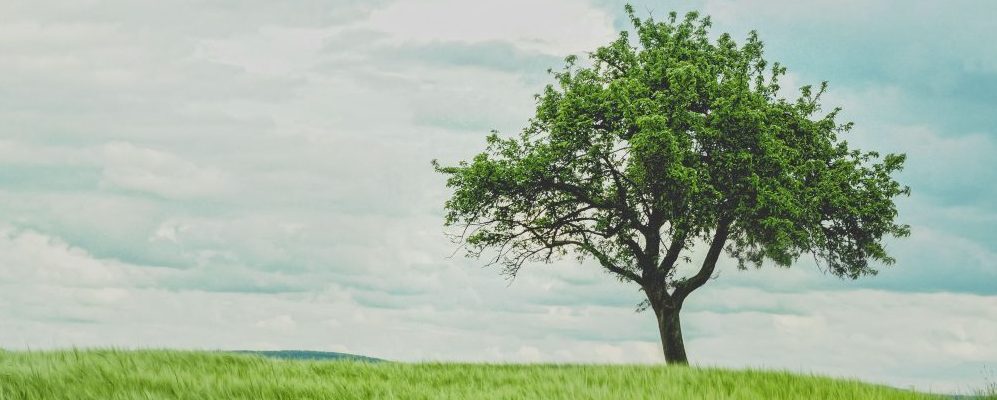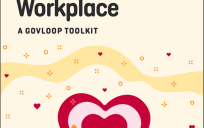 Have you heard any of these phrases lately?
Have you heard any of these phrases lately?
Knowledge is the new currency.
Knowledge is the new gold.
Knowledge is power.
Knowledge is beautiful.
How about knowledge is priceless?
Knowledge is also intangible. So how do you get it, how do you keep it, and what can you do with it? Let’s explore these questions and uncover how you can cultivate knowledge within your organization to improve results.
How do you get knowledge? Consider thinking about getting knowledge like adding fertilizer to the knowledge tree. The two fertilizer types are experience and development.
- Experience. Experience happens at multiple levels in your organization including at the individual, team, and operations level.
- Development. Top businesses spend 10% or more on average than their not so successful counterparts on training and development. this too is not a one and done situation. A culture of continuous improvement begins with improving people.
How do you keep knowledge? Think about keeping knowledge like harvesting the fruit off of the tree. If you pluck it too early it isn’t ripe enough (you may not be able to assess the quality of the knowledge at this point. If it is too ripe, this is like your retirees walking out with their knowledge and leaving you none.
- Keep the people with the experience. This is becoming harder and harder and as many departments are learning that you have to be proactive at this otherwise your knowledge walks out the door with the retirees. To keep good people you have to support them, let them be a part of the system, give them ownership. In other words, they need light, water, and air that you give through a great working culture.
- Document processes. These days people are going to leave for better opportunities or even just because they want to try something different. The day they resign it is too late to pluck the fruit of knowledge. Documenting processes can seem like busy work at the time, but if you do it right, you’ll thank your lucky stars when you’re not scrambling to figure out how your a-player used to all that they did.
What can you do with knowledge? Anyone on Pinterest knows that there are endless things you can do with harvested fruit! Think of all the knowledge you’ve harvested as the means to create your next amazing products and services.
- Leverage it for continuous improvement. Formalize and systematize learning processes. The more you learn the more you can grow. The faster you learn, the faster you can grow.
- Make innovation pie. In general, people think innovations are some kind of miracles that happen here and there. In reality, innovations happen when a culture of continuous improvement meets creative thinking.
Today’s top businesses are maintaining their competitive edge is by incorporating cycles of learning into how they operate, allowing them to adapt faster. It is not uncommon still for a government agency to evaluate their learning on 3-year iterations along with their strategic plan. This is the way of the past when the pace of business was slower.
In order to stay relevant and sustainable, implement ways to document new knowledge every day, nurture it through systems and training routinely, and harvest it at least quarterly.
Laura Thorne is a GovLoop Featured Contributor. She is an organizational improvement consultant. She specializes in helping business owners and individuals to be more effective. Laura has over 25 years of professional experience and has had opportunities to work with some of the best and worst performing organizations. Read her posts here.





Leave a Reply
You must be logged in to post a comment.